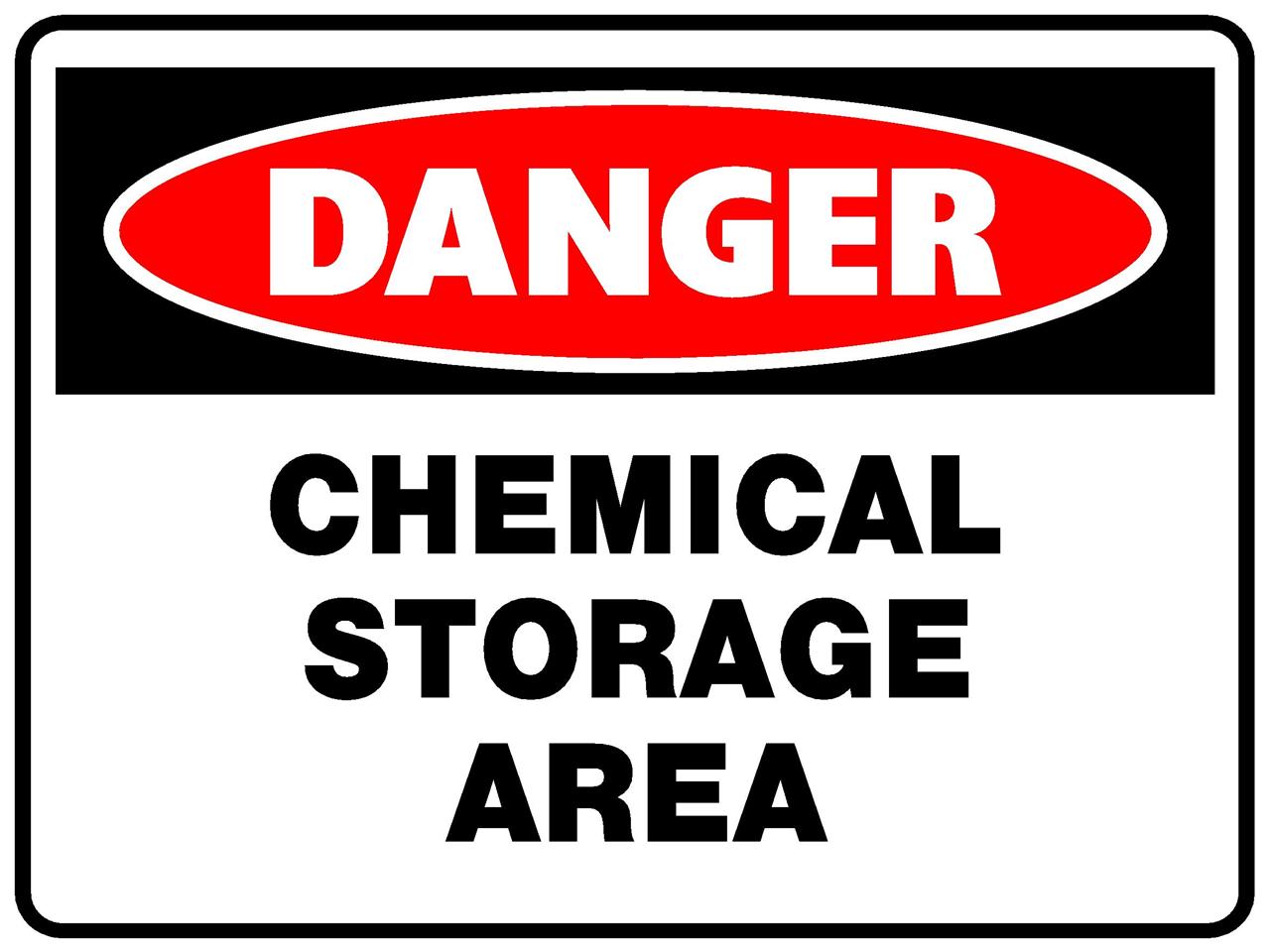Chemical safety is a primary workplace safety concern for many organisations. To control the exposure of employees to chemicals in the workplace, particular efforts need to be made to ensure chemicals are safely stored and handled. Even commonly used substances in the workplace such as ammonia, benzene, sulphuric acid, pesticides, acetone, hydrofluoric acid and sodium hydroxide need to be stored and handled in a specific manner.
If you use or generate chemicals or other hazardous substances at work, it is important that these substances are subject to chemical storage best practices.
- Chemicals should be properly labelled; according to The CLP Regulation (dealing with the classification, labelling and packaging of substances and mixtures), chemical suppliers are required to label all hazardous substances. However, chemicals are often decanted from their original containers in the workplace meaning labelling can be inaccurate. Whether stored in their original containers or not, accurately label all stored chemicals to include any important data as per their Safety Data Sheet (SDS).
- Correct chemical labelling is of key importance as labels indicate not only the name of the substance but the concentrate and any risks associated with the substance. By being aware of the contents of and risks posed by a chemical container, you will be best placed to make decisions on where and how to store the substance.
- Ensure employees are trained & knowledgeable; Employees will need to be appropriately trained and knowledgeable about best practice chemical storage and handling. Employees will need not only to be able to read and interpret an SDS but fully understand chemical compatibility, how to store chemicals correctly and respond to chemical spills.
- A chemical storage unit is a sensitive area and so employees will need to practice caution and care when operating in or around the area. With this in mind, it can be wise to restrict access to a chemical storage unit to authorised personnel only.
- Segregate incompatible chemicals; When incompatible chemicals are stored together in a chemical store, it can result in violent reactions e.g. fires, combustion and toxic fumes. In fact, incorrect storage of incompatible chemicals is one of the most common causes of chemical accidents.
- Refer to the chemical storage log and SDS to check what other substances a chemical is sensitive to. Cross check with the current log of chemicals stored in the unit before placing the substance in the chemical storage unit.
- Keep consistent records; In order to remain compliant with The Control of Substances Hazardous to Health (COSHH) Regulations, it is essential to keep accurate records of chemical inventory. Keeping chemical storage records is necessary not only to meet regulatory compliance but also to ensure employee safety and efficient inventory management.
- Assign a chemical storage log to each chemical storage area. The name, date, time and quantity of chemicals stored or removed from the chemical storage unit should be documented and signed by each relevant employee.
- Provide adequate spill protection; Spill trays and decks prevent spilled chemicals from travelling across your workspace. The trays can fit neatly on your shelves, while spill decks provide excellent protection for chemical drum storage. They are essential for containing leaks and spills, preventing chemical contamination in the workplace.
The safe chemical storage is critical to maintaining health and safety in the workplace. As with all areas of health and safety, following chemical storage best practices not only ensures you can stay regulation complaint but safeguards the welfares of your employees and your customers.











